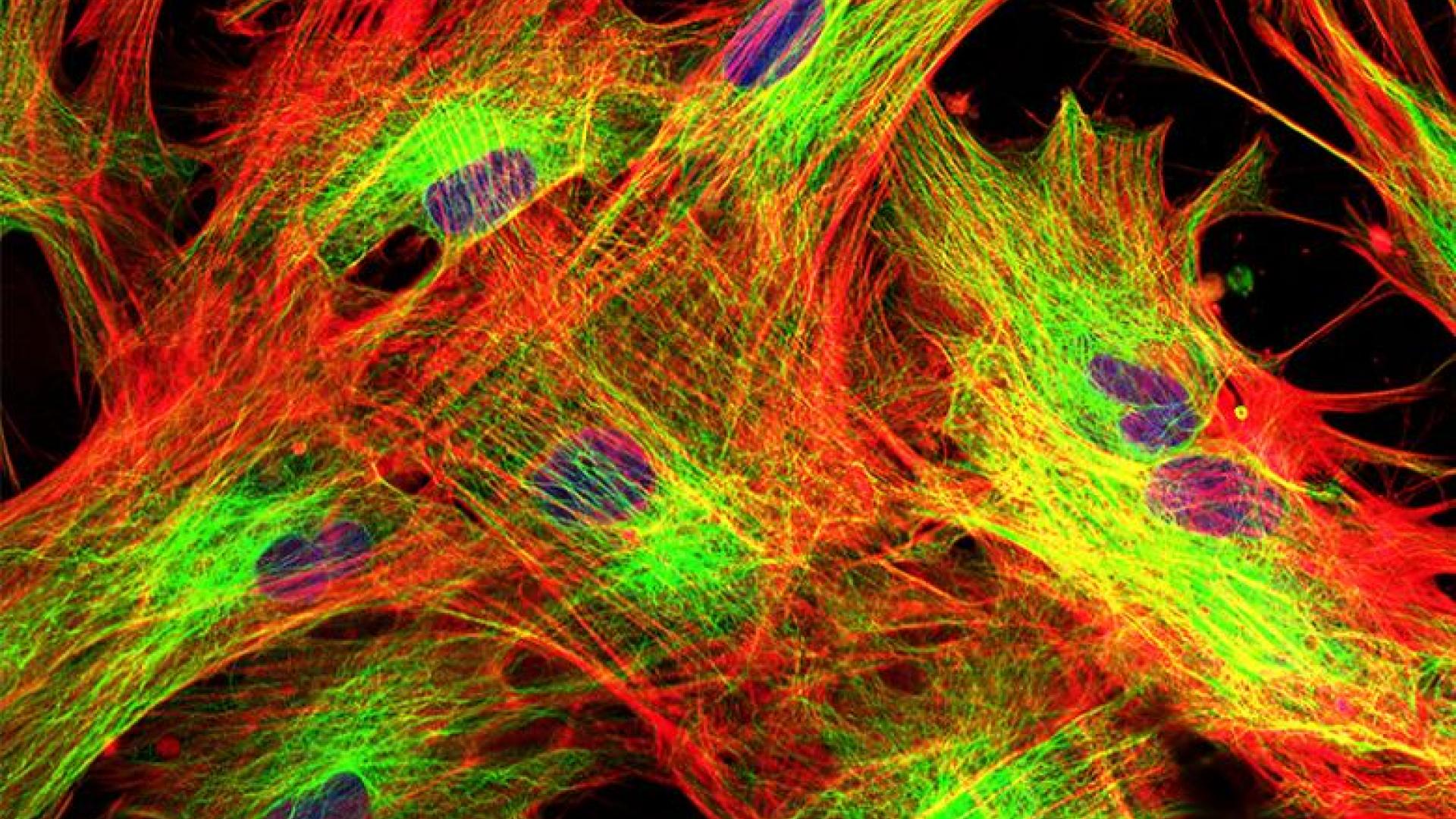
Learn about one of the factors that contributes to glaucoma risk.
Glaucoma is a collection of diseases that if left untreated leads to loss of vision. A small percentage of cases (approximately 1 in 20 cases) are the result of a mutation in a single gene; however, most cases of the adult onset glaucoma are caused by a number genetic and environmental factors. Adult-onset glaucoma results in the progressive loss of retinal ganglion cells that send information from the eye to the brain.
What are the Risk Factors for Glaucoma?
In the 1990s, the Ocular Hypertension Treatment Studies (OHTS) examined a large group of glaucoma patients and identified a number of risk factors for developing primary open angle glaucoma. The first risk factor was age – the older we get the higher the risk of having glaucoma. Age is a major risk factor for developing glaucoma with the majority of cases developing as we reach our 60s and 70s. Unfortunately, at the present time there is little we can do to directly affect the aging process. The second was intraocular pressure (IOP) – the higher the IOP the greater the risk for developing glaucoma. Fortunately, we can affect IOP by taking medications to lower it. The third risk factor is family history (genetics). Another risk factor is corneal thickness, the thickness of the clear outer surface of the eye. The thinner the cornea the higher risk of developing glaucoma. The thinner corneas are also associated with an increased severity of visual field loss and a more rapid progression of the disease.
Effect of Corneal Thickness on IOP
The relationship between corneal thickness and glaucoma is not immediately obvious. Many believed that the thickness of the cornea alters the measurement of IOP. There is no question that corneal thickness has an effect on the measurement of IOP; however, the effect is small and the risk of glaucoma is independent of the confounding effect on IOP measurement. What is causing an increased risk for glaucoma with thinner corneas? Interestingly, the heritability of corneal thickness (genetic control) is the highest for any feature of the eye. If you have a thin cornea, then more than likely your children will have a thin cornea. The converse is also true. If the parents have thick corneas, more than likely their children will have thick corneas. The thickness of the cornea on average differs among ethnic groups. For example, African-Americans in general have thinner corneas and are at a greater risk for developing glaucoma.
Is There a Gene Responsible for Corneal Thickness?
Our laboratory looked at a mouse model to define the genes that account for corneal thickness. We found one named POU6F2. When we inactivated this gene in animal models the corneas were indeed thinner. With Dr. Janey Wiggs at Harvard, we looked at human populations and this gene was a risk factor for glaucoma. This gene also marks a population of cells connecting the eye to the brain (retinal ganglion cells) that are the first to die in glaucoma. This suggests that a gene controlling corneal thickness may also cause sensitivity to elevated IOP on a population of retinal ganglion cells.
Summary
Is this the only genetic connection between corneal thickness and glaucoma risk? Probably not. Many clinicians do believe that the effect is due to corneal thickness affecting IOP measurements. People with thinner corneas have real IOP higher than the measured IOP, and it is this difference in measured versus actual IOP that contributes to the increased glaucoma risk. There is also the possibility that thinner corneas indicate a thinner more flexible sclera and that this difference in scleral stiffness may cause an increased susceptibility of retinal ganglion cells to injury. There is no question that corneal thickness affects the likelihood of developing glaucoma and that this trait is highly heritable (genetic). Corneal thickness is one of the factors in a complex interaction between genetics and environment that contributes to overall glaucoma risk.
About BrightFocus Foundation
BrightFocus Foundation is a premier global nonprofit funder of research to defeat Alzheimer’s, macular degeneration, and glaucoma. Since its inception more than 50 years ago, BrightFocus and its flagship research programs—Alzheimer’s Disease Research, Macular Degeneration Research, and National Glaucoma Research—has awarded more than $300 million in research grants to scientists around the world, catalyzing thousands of scientific breakthroughs, life-enhancing treatments, and diagnostic tools. We also share the latest research findings, expert information, and resources to empower the millions impacted by these devastating diseases. Learn more at brightfocus.org.
Disclaimer: The information provided here is a public service of BrightFocus Foundation and is not intended to constitute medical advice. Please consult your physician for personalized medical, dietary, and/or exercise advice. Any medications or supplements should only be taken under medical supervision. BrightFocus Foundation does not endorse any medical products or therapies.
- Eye Health
- Risk Factors









